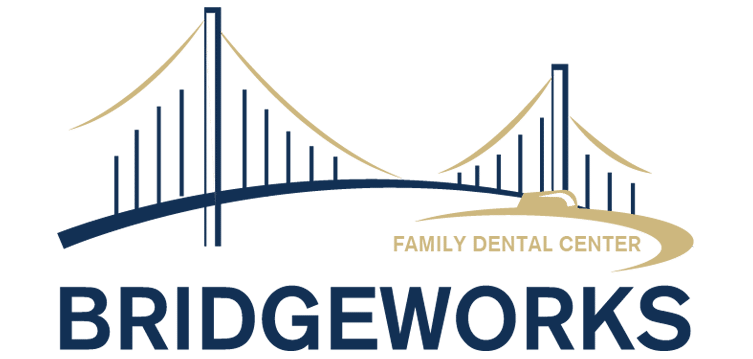Restorative Dentistry in Groton, CT
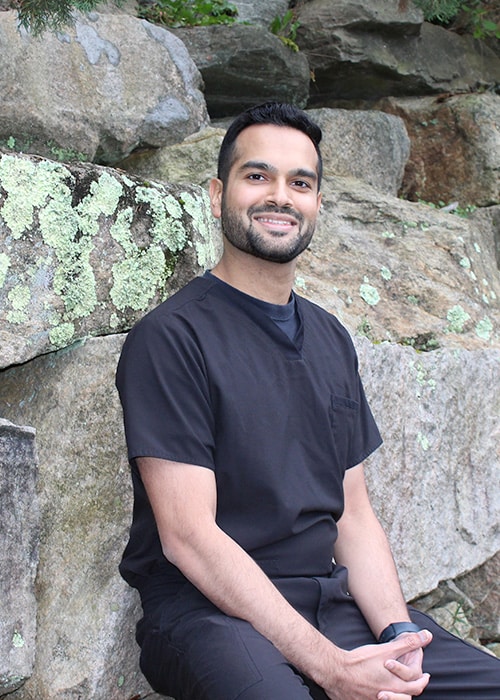
Bridgeworks Family Dental Center provides restorative dentistry in Groton, CT. Call us at 860-446-8744 to make an appointment.
The right restorative procedures at the right time can reduce the need for additional dental work in the future.
Restorative procedures help protect both oral health and overall health while improving the appearance of the patient’s smile. Being able to properly chew food and having correct bite alignment affect a patient's health in ways that go beyond just a smile.
The Biomimetic Approach
Biomimetic Dentistry is defined as the reconstruction of teeth to emulate their natural biomechanical and esthetic form and function. Simply put, biomimetic dentistry means to copy what is life-like. With biomimetic dentistry, only the damaged and decayed part of the tooth is removed and the final restoration is bonded to the remaining healthy natural tooth structure. Biomimetic restorations include stress-reduced direct composite restorations and porcelain/composite inlays and onlays that restore the biomechanics of broken and damaged teeth.
When restoring damaged, broken, and decayed teeth, the goal is to return the tooth to its original strength, function, and esthetic. Biomimetic dentistry accomplishes all of this in a conservative approach with strong and attractive results.
Composite Fillings
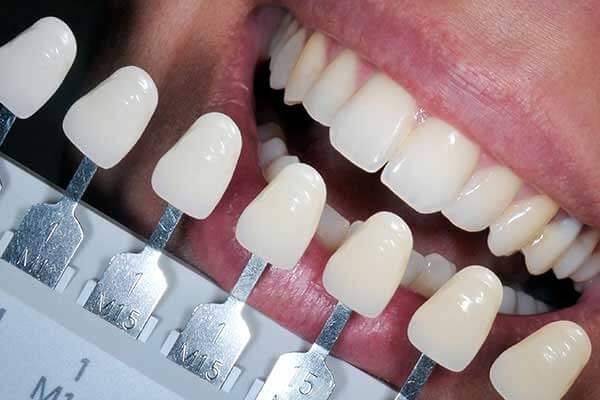
Composite fillings use tooth-colored material to restore teeth with cavities and maintain a natural appearance. Once the decay is removed, the tooth is filled with a composite material which is then cured using a specialized light to harden the material. Composite fillings can be done in one visit.
Inlays and Onlays
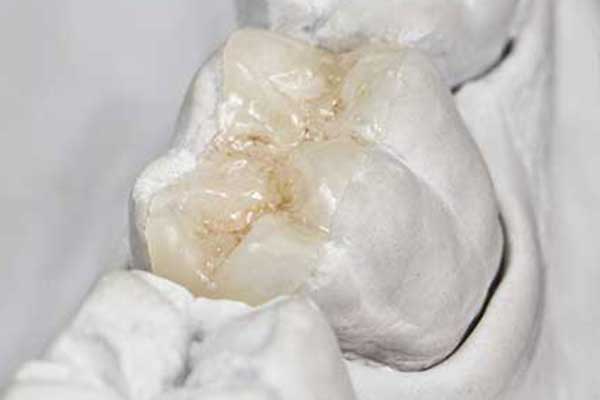
An inlay or onlay is a partial crown restoration that can be placed when there is not sufficient tooth structure to support a filling but enough tooth structure left that a full crown is not needed. Inlays/onlays are made of porcelain or gold, and they aesthetically and functionally replace the missing tooth structure.
Crowns
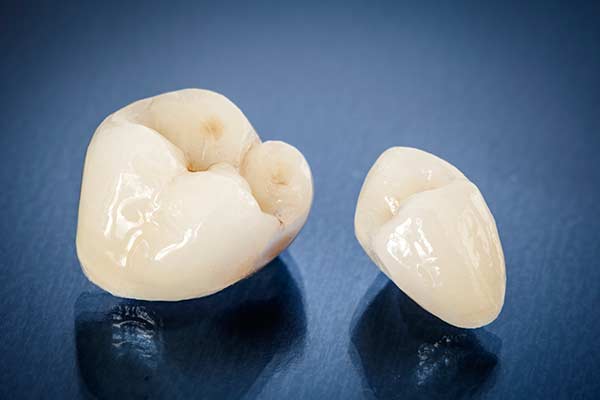
A crown is a dental restoration that completely covers the outside of a tooth that is cracked, broken, worn down, or severely decayed. Dental crowns are usually completed in two visits. During the first visit, the tooth is prepared (shaved down) and an impression is taken. A temporary crown is placed while the permanent crown is fabricated. During the second visit, the permanent crown is carefully fitted and then cemented into place.
Dental Bridges
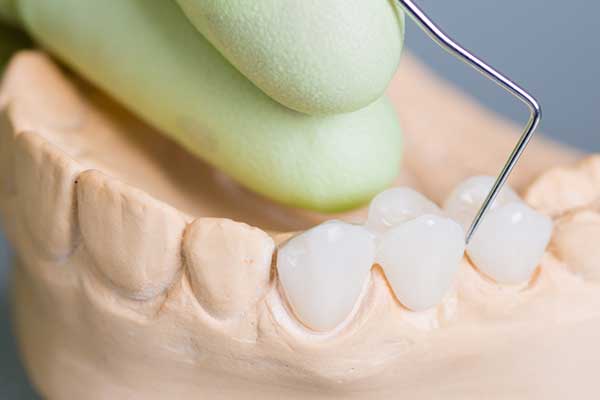
A bridge can replace missing teeth without the use of a denture or dental implant. A bridge is composed of two crowns and a replacement tooth or teeth. Crowns are typically placed on the teeth on either side of the space, with the fabricated tooth or teeth attached in between.
For multiple missing teeth, an implant may be used to anchor the bridge.
Implant Restorations
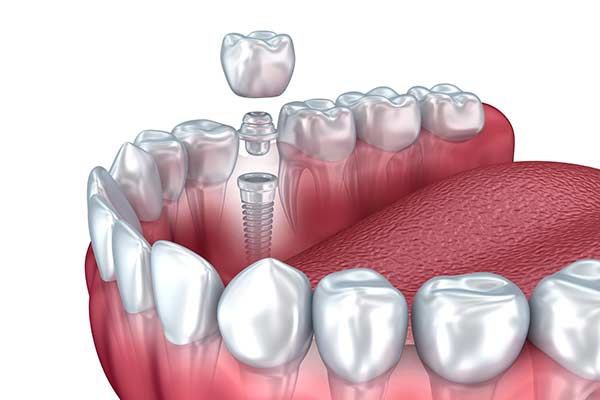
Dental implants are composed of three pieces: a small screw made of a biocompatible metal called titanium, an abutment which connects the screw and the final restoration, and the final restoration. The screw, which is placed in the jawbone, acts as a replacement for the tooth root, providing a strong foundation for fixed or removable replacement teeth. The screw begins to fuse with the bone over the course of a few months. After the fusing process, known as osseointegration, the abutment is inserted into the screw to allow for the permanent attachment of the restoration.
Dentures
A denture is a replacement for multiple missing teeth within the same (upper or lower) arch. A denture differs from a crown or bridge in that it does not rely on an existing tooth structure, and it completely replaces the missing teeth.
There are several different types of dentures:
- Full or Partial
- Removable or Fixed
- Traditional or Implant-Supported
Frequently Asked Questions About Restorative Dentistry
What is the goal of restorative dentistry?
The goal of restorative dentistry is to, at a minimum, restore function, strength, and health to a tooth that has been lost or damaged by dental trauma or decay. Depending on your preferences and the location of the affected tooth, you may also wish to restore its appearance by choosing a restoration that blends in naturally with the rest of your smile.
What happens if you do not get a cavity filled?
A cavity will not resolve on its own. If you don’t get a cavity treated, it will continue to grow. This can cause pain and compromise the structure of your tooth, eventually leading to breakage. If decay reaches the pulp at the center of a tooth, a root canal or extraction will be needed.
What is a dental crown used for?
Dental crowns have a number of different uses in dentistry. The most common use is for restoring a tooth with more decay than can be treated with a dental filling. Crowns are also used to repair badly damaged teeth, correct the shape of malformed teeth, protect a tooth after a root canal, replace a tooth as part of a single-tooth dental implant restoration, and support a traditional bridge.
What is the best option for replacing missing teeth?
While dental implants are generally regarded as the gold standard, each patient has their own unique circumstances, so a denture or bridge may be a better fit for you. During your consultation, we will discuss your options.
What is the average cost of dentures?
The cost of dentures depends on the type you choose and whether your denture is full or partial.
Call 860-446-8744 to schedule an appointment with a dentist in Groton, CT today!
